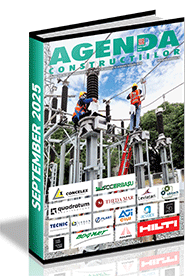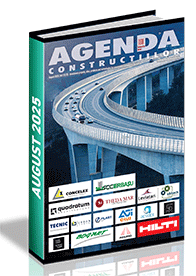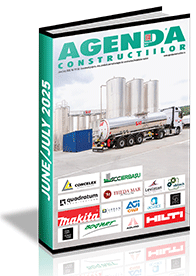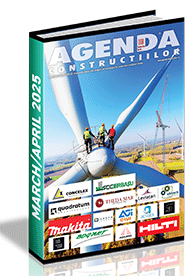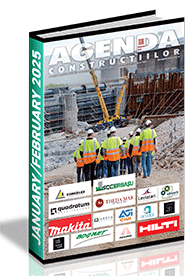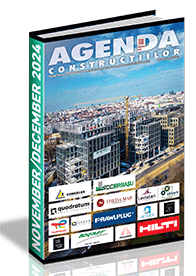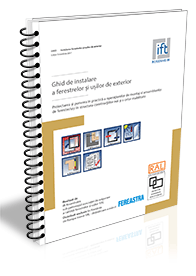| CONSULTANCY: Accelerated growth of demand on gypsum plasterboards market |
| English Section Publicat de Ovidiu Stefanescu 24 Feb 2016 11:03 |
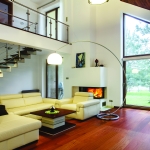 The world market of gypsum plasterboards registered an impetuous development in recent decades, the products in this category, regardless the type of application for which are dedicated (fire, moisture and shock resistant, thermal and acoustic insulating), evolving strong by technical point of view. The industry has optimistic prospects in the coming years, given the increasing demand for individual buildings. Strengthening the requirements for safety and sustainability in the modern constructions has accelerated the pace of increase the requests for all product categories, particularly in areas where there is a clear transition from traditional methods to modern ones. From a financial standpoint, this market will record a veritable "boom", the experts calculating a composite index of growth (CAGR) of 5.65% until 2020, when it is expected that the total revenues to exceed 25 billion USD. The drywall systems development in recent decades is obvious, and compatibility with the current requirements of sustainability recommends these products for use in the most complex works. Of course, there are necessary further efforts to improve the products and to identify the necessary balance to harmonize the essential characteristics of performance. So far, the material was found to be extremely useful in a wide range of applications, including those which provide optimum performance in case of fire. The subject is very important including in the research environment, its contribution being able to manifest, in the coming period, through a more accurate determination of margins of temperature and by finding recipes which result in improved performance characteristics in all respects. The various studies conducted in connection with the performance properties of gypsum plasterboards were aimed to test the behavior of those materials in different stress situations. The experts are aware of several major factors of influence that affect the behavior of the material in fire conditions (beginning with the method of installation of boards on the structure and ending with the chemical composition of the product and proportions of aggregates included in its recipe). The world market of gypsum plasterboards registered an impetuous development in recent decades, the products in this category, regardless the type of application for which are dedicated (fire, moisture and shock resistant, thermal and acoustic insulating), evolving strong by technical point of view. The industry has optimistic prospects in the coming years, given the increasing demand for individual buildings. Strengthening the requirements for safety and sustainability in the modern constructions has accelerated the pace of increase the requests for all product categories, particularly in areas where there is a clear transition from traditional methods to modern ones. From a financial standpoint, this market will record a veritable "boom", the experts calculating a composite index of growth (CAGR) of 5.65% until 2020, when it is expected that the total revenues to exceed 25 billion USD. The drywall systems development in recent decades is obvious, and compatibility with the current requirements of sustainability recommends these products for use in the most complex works. Of course, there are necessary further efforts to improve the products and to identify the necessary balance to harmonize the essential characteristics of performance. So far, the material was found to be extremely useful in a wide range of applications, including those which provide optimum performance in case of fire. The subject is very important including in the research environment, its contribution being able to manifest, in the coming period, through a more accurate determination of margins of temperature and by finding recipes which result in improved performance characteristics in all respects. The various studies conducted in connection with the performance properties of gypsum plasterboards were aimed to test the behavior of those materials in different stress situations. The experts are aware of several major factors of influence that affect the behavior of the material in fire conditions (beginning with the method of installation of boards on the structure and ending with the chemical composition of the product and proportions of aggregates included in its recipe). |
ABONARE REVISTA (click aici): PROIECTE | INVESTITII | REVISTE | INDEX COMPANII
DATE DE CONTACT: Agenda Constructiilor & Fereastra - Tel/Fax: 021-336.04.16, 031-401.63.88









